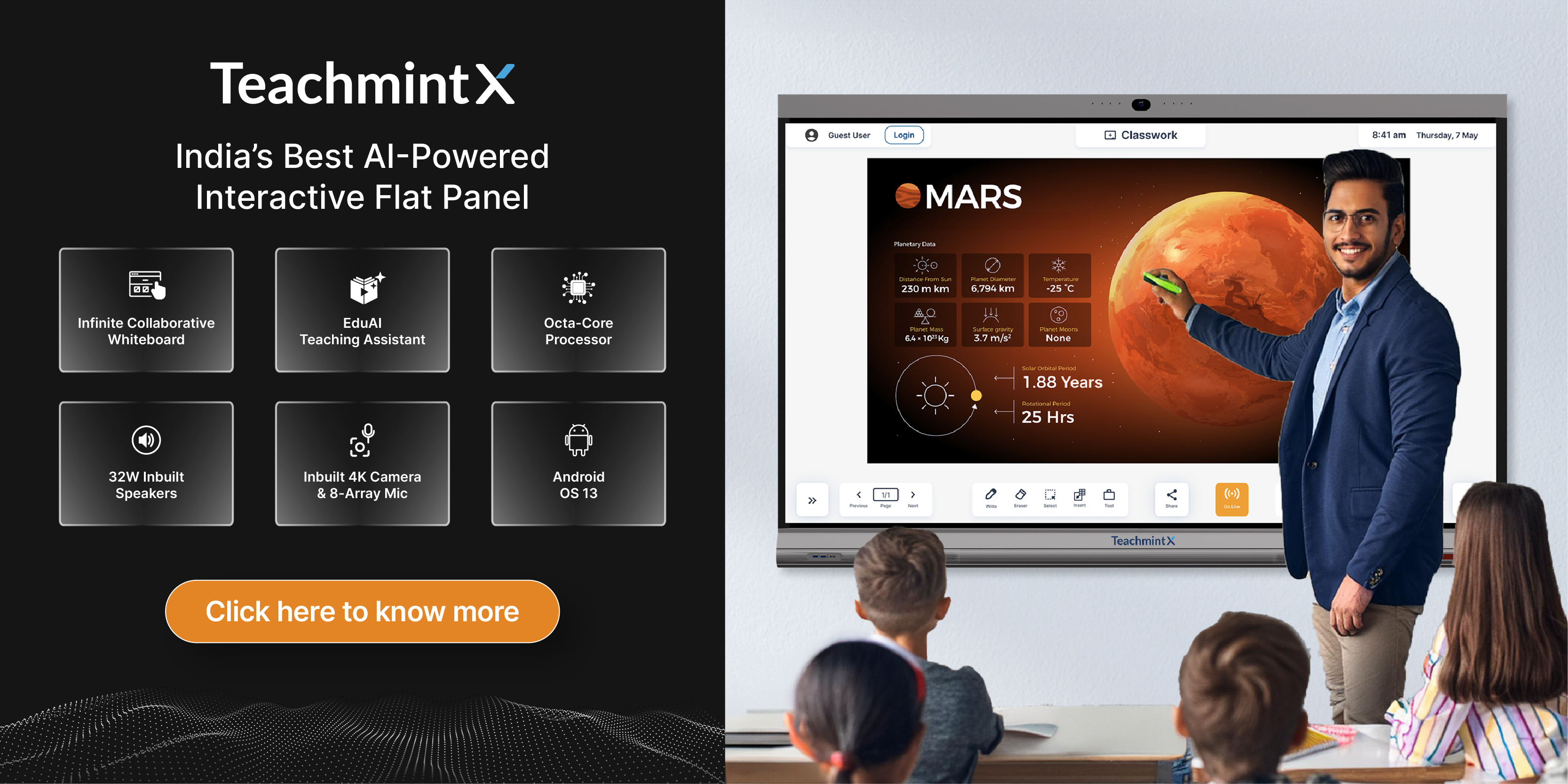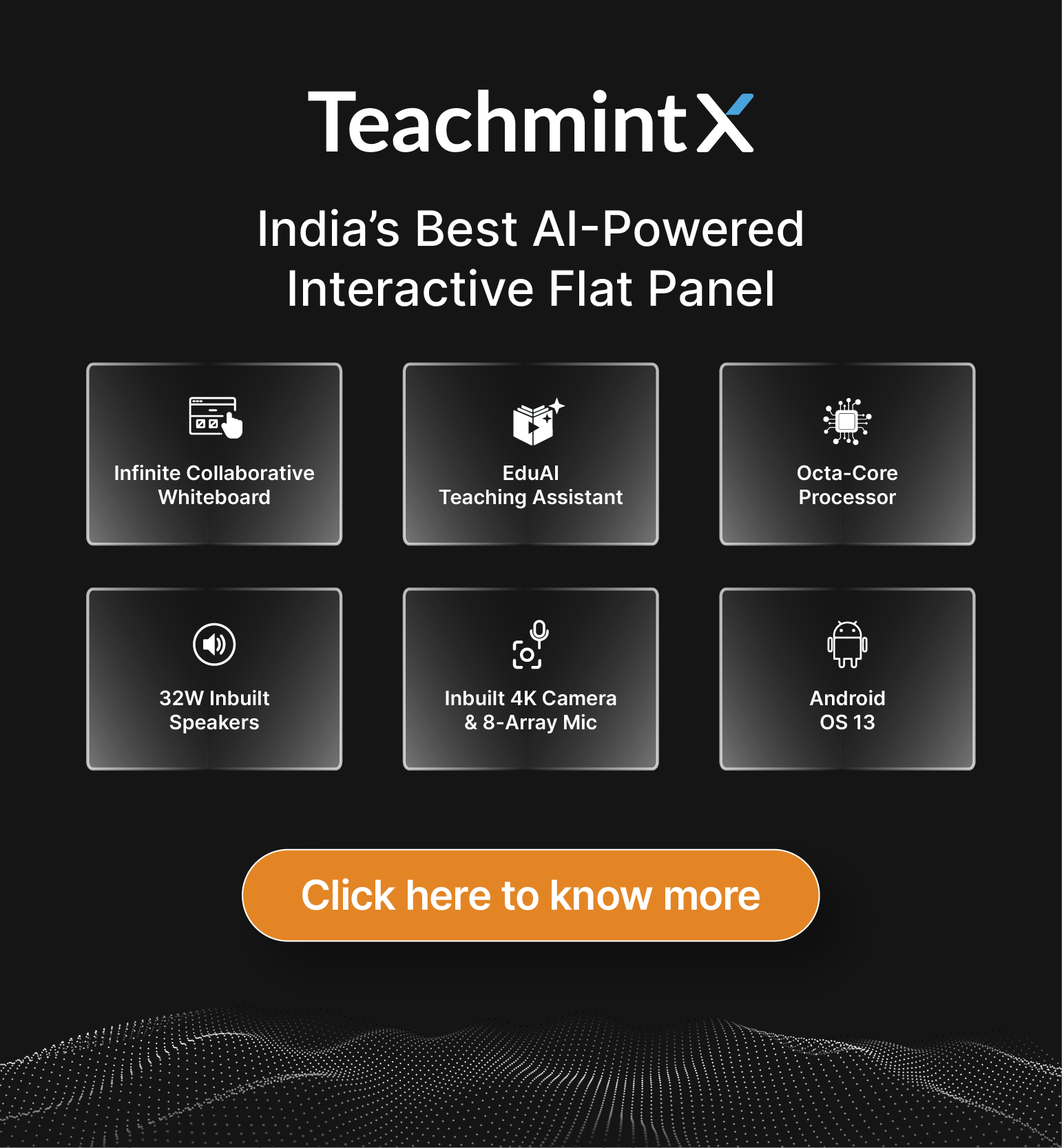A hybrid mode of learning means adapting both traditional and online technological means of learning for maximum productivity among both students and teachers. The world has risen in popularity since the pandemic years due to its constant use and effectiveness in all educational institutions.
What are the pillars of hybrid learning?
- Course structure: Designing the perfect course structure by fitting the exact number of classes that might be required to take on physically because of their complexity or practical learning nature, with the help of online classes which would be enough for students, is the heart of hybrid mode meaning of learning. Since this new reform can prove to be challenging for students who have never attended online classes before, designing a suitable course structure that fits all even before the classes begin can address these challenges early on.
- Flexible options: Flexibility is the most important point of hybrid mode meaning because online classes are recorded and because time schedules are students have prioritised so much command they are given the liberty to flexibly join attend or reattempt recording sessions of classes and tent from any place they want. All they have to do is abide by the deadlines and attend the compulsory classes.
- Fixed self-study routines: Self-studying will come more into play since hybrid modes leave students with a lot of free time cut off from travelling to the campus allowing them to do more in a session.
- Feedback: Since teachers cannot observe their students all the time in a traditional class setting, they can make up for this by providing feedback to students. This feedback could be on homework, class performance, extracurricular activities, assignments projects and even general attentiveness in online classes.
Is hybrid learning better than traditional learning?
That depends from person to person however hybrid mode meaning implies that it can allow a student to understand concepts quickly in a shorter span of time by giving them the benefit of viewing lectures online and accessing resources anytime and anywhere they want. Instead of having to travel all the way to classes they could join a class with just a click and submit an assignment right after they complete it within the deadline. Despite the weather and physical state students can cover more classes through hybrid learning platforms.
Learn more about Teachmint plans here.

